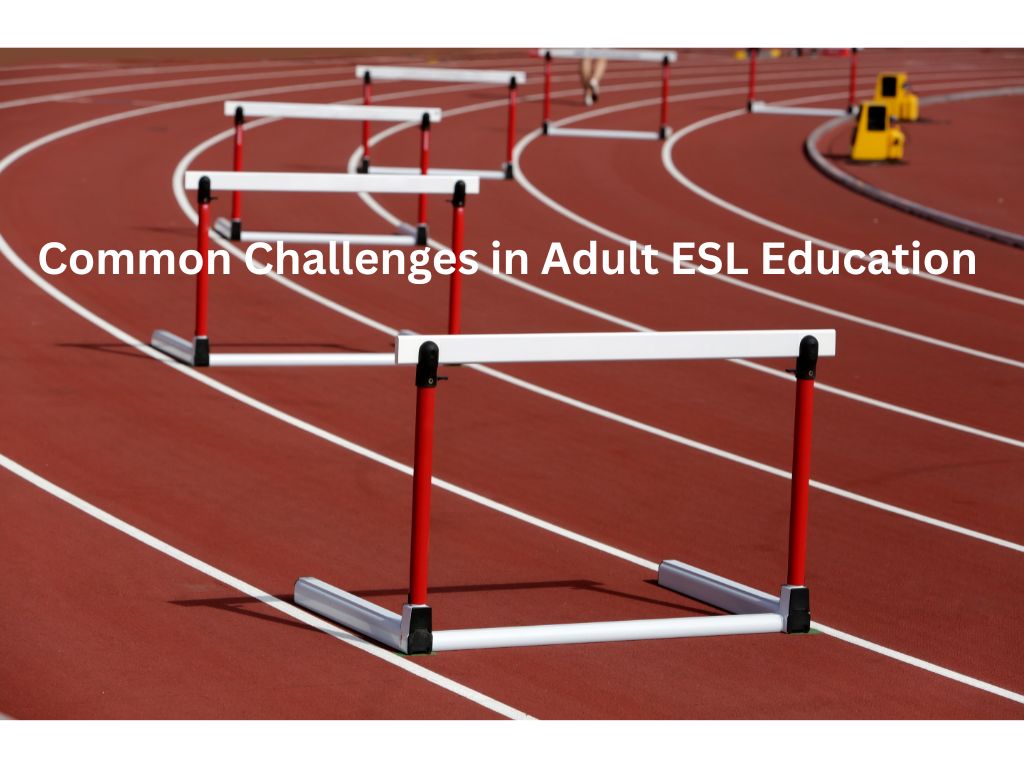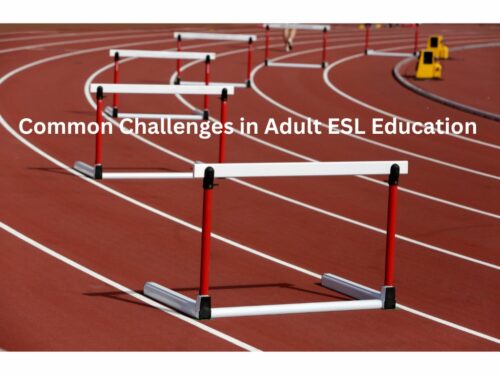Teaching adults English as a Second Language (ESL) comes with a unique set of challenges. Recognizing these hurdles is crucial to finding effective solutions. Let’s break down some common issues students face and how these impact their learning journey.

One major obstacle for many students is the fear of making mistakes. This fear can be paralyzing, preventing them from practicing speaking skills, especially with people they don’t know. Confidence takes a hit, and students often worry about looking foolish instead of focusing on progress.
Limited practice with native English speakers is another significant challenge. Many students find themselves reverting to their native language because it’s more comfortable. While speaking in their mother tongue feels natural, it can deeply hinder their ability to learn and use English in real-life situations. Immersive experiences are essential, but not always easy to come by.
Native language interference frequently creeps into the learning process. Students may struggle with grammar, pronunciation, or vocabulary because their first language’s structure and sounds heavily influence them. This can be frustrating and slow down progress.
Finally, cultural differences can sometimes make it difficult for students to adapt and feel comfortable in a new learning environment. Different educational backgrounds, expectations, and social norms can create misunderstandings and barriers to effective learning. Understanding these cultural aspects is key to building an inclusive and effective ESL classroom.
The Importance of Overcoming the Fear of Making Mistakes
As an experienced ESL teacher for several years, what I find to be the biggest challenge, at least for beginner-level students, is convincing them to talk more with people they don’t know. They are afraid to make mistakes and don’t realize those mistakes are their stepping stones for real learning. Too many of them hide in their comfort zone and spend too much time speaking their own language with others who speak their language rather than immersing themselves in English.

Establishing a supportive and non-judgmental environment is crucial. Students need to feel safe and encouraged to take risks without fear of embarrassment. Create a classroom culture where mistakes are viewed as natural parts of the learning process. Positive reinforcement helps. Celebrate the effort even if the result isn’t perfect. This approach fosters a growth mindset.
Encouraging students to take risks is another essential strategy. Remind them that every small mistake is a step closer to mastering English. Sharing personal experiences about times when making mistakes led to better learning can make a big difference. It’s all about perspective. When students see errors as opportunities, their confidence starts to grow.
Using mistakes as learning opportunities is key. Turn common errors into class discussions or mini-lessons. This can demystify the error-making process and show students that everyone learns through trial and error. Highlighting mistakes in a constructive way helps students understand that these ‘failures’ are just learning in disguise.
Strategies to Increase Practice with English
Creating opportunities for immersive experiences is essential for language acquisition. Encourage students to engage in activities outside the classroom where they have to use English. Simple things like ordering food, asking for directions, or small talk with store clerks can make a significant difference.

Engaging with native speakers through language exchange programs is another great way to build confidence and improve fluency. Pairing up with a native speaker who wants to learn the student’s language creates a mutual learning environment. This setup often results in increased motivation and a more relaxed atmosphere for practice.
Breaking out of the comfort zone is vital. Students should be motivated to speak English with their peers, even if they share the same native language. Remind them that sticking to their native language might feel safe, but it slows down progress. Friendly classroom competitions or group projects in English can nudge them towards more speaking practice.
Leveraging technology and social media is another effective strategy. Numerous apps offer options for practicing English through video calls, text chats, or even games. Encourage students to join online groups focused on language practice. Social media platforms and online forums can also provide real-time practice opportunities.
Addressing Cultural Differences to Enhance Learning
Understanding and respecting cultural backgrounds is crucial in an ESL classroom. Every student brings a unique perspective shaped by their culture, which can influence their learning style and interaction with others. As a teacher, taking the time to learn about your students’ cultural contexts can help you adapt your teaching methods to better suit their needs.

Integrating cultural competence into the curriculum can make a world of difference. Include materials and examples from diverse cultures to make lessons more relatable and engaging. This not only helps students learn English but also fosters a sense of inclusion and belonging.
Fostering a classroom environment that values diversity goes a long way. Encourage students to share their cultural experiences and traditions. This practice builds mutual respect and enriches the learning experience for everyone. It turns the classroom into a vibrant community where differences are celebrated and used as learning opportunities.
Tailoring teaching methods to individual cultural needs is key. Some cultures might prioritize group work and collaborative learning, while others may focus on individual tasks. Being flexible and responsive to these preferences can make your teaching more effective. Offering different types of activities and being attentive to student feedback can help you identify what works best for each learner.
Leave comments and questions in the space below.


I really liked this article! Teaching adults English can be hard because they worry about making mistakes and feel shy talking to new people. It’s important for teachers to make a friendly place where students can practice. I use sign language as my main language, and I can do English more and more each day! I think it’s great to include students’ cultures in lessons because it helps everyone feel welcome. Doing fun activities and using technology can also help adults learn English better. Thanks for sharing these helpful ideas!
Hi AJ, thanks for your comments. Leave them here any time.
KBob